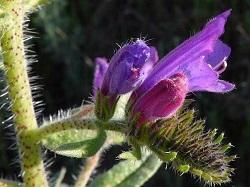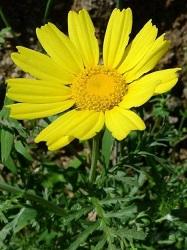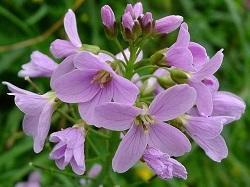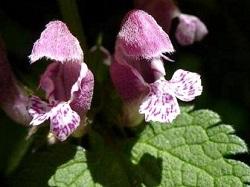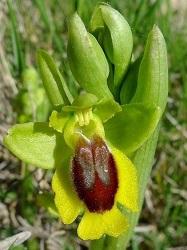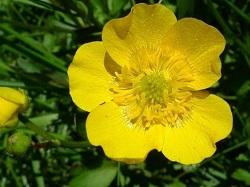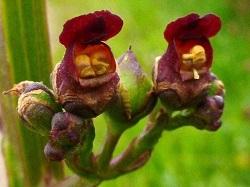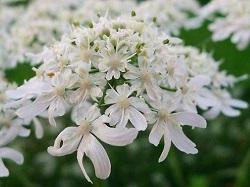The number of plant species in the flora of Spain and Portugal is about 7000. Of this number about half belong to only a dozen families. To speed up the identification it is useful to know some of the characteristics of these families. Another hundred families or so contain the other half of the species. Below is given a short description of the twelve largest families. The grass family (Gramineae) actually belongs to this group, but is left out. The proper determination af grass species is more the work of specialists.
Stimulate the interest in the flora of Spain and Portugal
